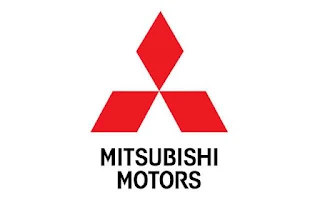Mitsubishi's name translates as "three diamonds," which explains the brand's red triple-star logo. The company introduced its first volume production car, the Model A, and the first series-produced car in Japan in 1917. Over the next 20 years, Mitsubishi branched out to build Japan's first diesel engine, first four-wheel-drive automobile prototype, first diesel-powered truck, and its first large bus.
The latter would evolve into the Fuso line of commercial trucks Mitsubishi builds to this day. However, the Allies dismantled Japan's large industrial corporations in the post-World War II era, dividing Mitsubishi Heavy Industries into three distinct companies, with each involved in vehicle development.
Passenger cars were not a priority in the 1940s and 1950s, so Mitsubishi turned toward the development of commercial vehicles useful for the rebuilding of Japan. But with gasoline in short supply, it had to innovate. Thus it produced buses that could run on either gasoline or alternative fuels; it even produced an all-electric version. Those looking for personal transport from Mitsubishi, however, were confined to purchasing motor scooters.
This began to change in the 1960s as Japan re-entered the global stage and domestic demand for automobiles rose. Over the next decade, Mitsubishi would launch the 500 sedan and micro-compact Minica, replace the 500 with the Colt, launch the Galant sedan, and form a new company, Mitsubishi Motors Corporation (MMC), to focus specifically on passenger cars. It sold a 15-percent stake in MMC to Chrysler in 1971 and began supplying it with the Plymouth Arrow and Dodge Colt small cars. But by 1980, Mitsubishi had established its own U.S. dealer organization and was marketing its own products. Though there was tension between the two companies, Mitsubishi and Chrysler launched the Diamond-Star Motors plant in Illinois to produce the Mitsubishi Eclipse, Plymouth Laser and Eagle Talon; an agreement that would last until Mitsubishi bought out Chrysler's share in 1991.
Meanwhile, Mitsubishi was making a name for itself in international rallying, first with the Shogun SUV, and later with the all-wheel-drive Lancer Evolution. It entered into a joint venture with Volvo in 1995 but soon started building Smart for-fours at the plant when DaimlerChrysler took a 37% stake in Mitsubishi in 2000. Four year later, DaimlerChrysler sold the shares back as a scandal over recalls in Japan caused Mitsubishi's domestic sales to tank at a time when DaimlerChrysler was itself in financial trouble.
Mitsubishi's Lancer platform is used on the Dodge Caliber, Jeep Compass and Patriot, Dodge Avenger and Chrysler Sebring, but otherwise the two companies are working separately. Mitsubishi's highest-profile current products are the rally-inspired Lancer Evo and the sporty Eclipse.
Mitsubishi Car Manufacturers
The Mitsubishi group of companies form a loose entity, the Mitsubishi Keiretsu, which is often referenced in Japanese and US media and official reports

